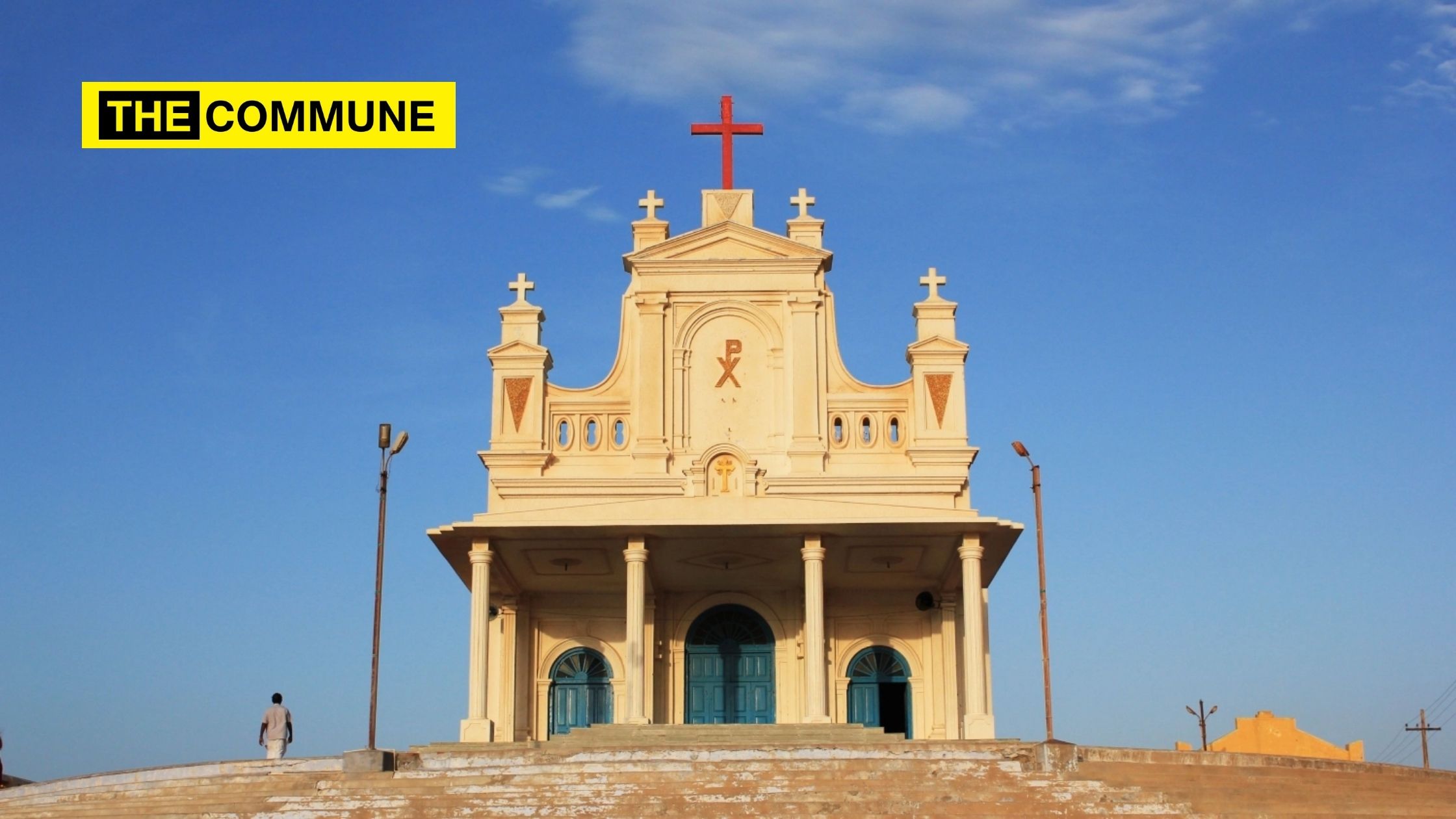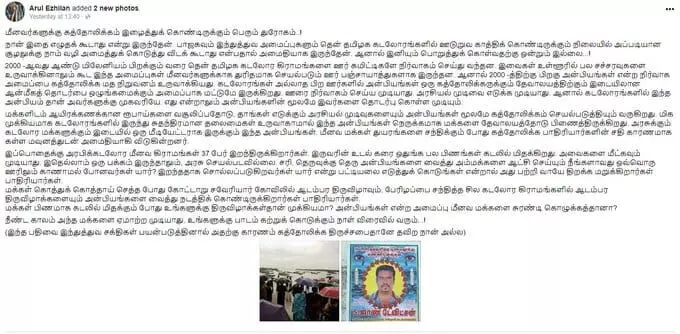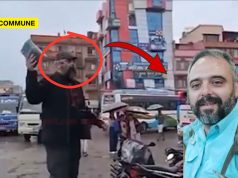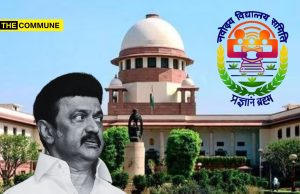
There have been several reports of fishermen protesting against development projects especially in coastal villages of Thoothukudi and Kanyakumari where the Christian population is high.
This has been the case with several projects like Kudankulam nuclear power plant, Sagarmala project, construction of the Enayam and Colachel ports, etc. After a long hiatus, the Kudankulam nuclear power plant has been operating for some years now and has made Tamil Nadu a power surplus state. But the status of projects like Enayam and Colachel ports have been in doldrums, thanks to the protests instigated by the Church.
In 2017, due to the constant hurdle posed by the people and the Christian clergy at Enayam for the container terminal project, a team of government officials went to Dakshinathu Dwarakapathy village near Kovalam to survey. Upon seeing the officials, more than 500 people led by Parish priests Prabu Doss and Gildus gheraoed and shouted slogans. Four officials who were on the survey boat in the sea were surrounded by 10 boats. Police had to be called in to contain the situation and the team left without surveying.
The team was placed under ‘house arrest’ at the house of Parish Priest in St. Ignatius Church. Their equipment were also brought ashore. Later some government officials and police arrived and after discussing with the Parish Priest, got them, their boat and equipment released.
These projects have been relocated several times due to the protests instigated by the Christian priests of the region. If one were to visit the districts of Thoothukudi, Ramanathapuram and Kaniyakumari, the domination of the Church would be clearly visible.
There are many levels of Christian church administration – high diocese, diocese, parish, and ‘anbiyams’ (basic christian communities in Tamil). At the conclusion of the meeting of the Second Vatican Council in 1962-65, it was decided to establish the basic units called ‘Basic Christian Communities’ to improve communication with the community. The system is said to have been first implemented in Italy and South Africa. Since then they have formed these units wherever Christianity has spread.
Under one ‘anbiyam’, around 40 Chrisitian families are brought together. Thirty such ‘anbiyams’ are established in one parish. A fisherman from one of the coastal villages had once posted on social media exposing the nefarious designs of the ‘anbiyams’. He explains how the coastal villages were managed and resolved by local committees and panchayats until the year 2000, and how the situation has changed since the establishment of the ‘anbiyams’. He said that people of the village were bound to the ‘anbiyams’ and that no one could access the people without the contact of the ‘anbiyams’.

He also accused that the Church collected money worth thousands from every home as commissions and interfering in the administrative and political affairs. He said that people of the village are being controlled by these ‘anbiyams’ and that they never pay heed whenever the villagers face any trouble.
We all must have heard of fishermen complaining that they did not receive relief money when Ockhi and Gaja cyclone hit Tamil Nadu. It is because of these ‘anbiyams’ that relief money has been unable to reach to those who need. Even if the government wanted to reach these people, the priests at the ‘anbiyams’ act as the mediator. Though Ministers and MLAs go to these villages to provide relief assistance, these people can only be reached through a parish priest at these ‘anbiyams’. Relief supplies, including money and food, should be given to these priests.
What is worrisome is that the people in these villages are held hostage by these ‘anbiyams’ as the Christian priests maintain the data of the people including birth/death certificates, ration cards, and other documents.
Now, understand why these coastal villages dominated by Church oppose these development projects. This is the strategy followed by the Catholic Church to keep the villagers under their control at all times. The reason is that if growth comes and people progress economically, their grip on the people would weaken. So creating a state of mind against the state and keeping any government aid under their control without letting them go directly enables the Church to influence not just the people but also the politics and development of the region.
Majority of Christians in coastal villages are converts who had to change their religion due to poverty. If the people attain prosperity due to the economic development of the region, the Church’s efforts to convert the gullible would be impacted for which billions of dollars are raised abroad and sent into India through FCRA NGOs. This is one of the main reasons why any developmental work in the coastal regions faces resistance.
(With inputs from Kathir News)
Click here to subscribe to The Commune on Telegram and get the best stories of the day delivered to you personally.




